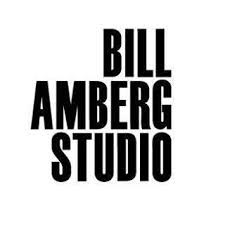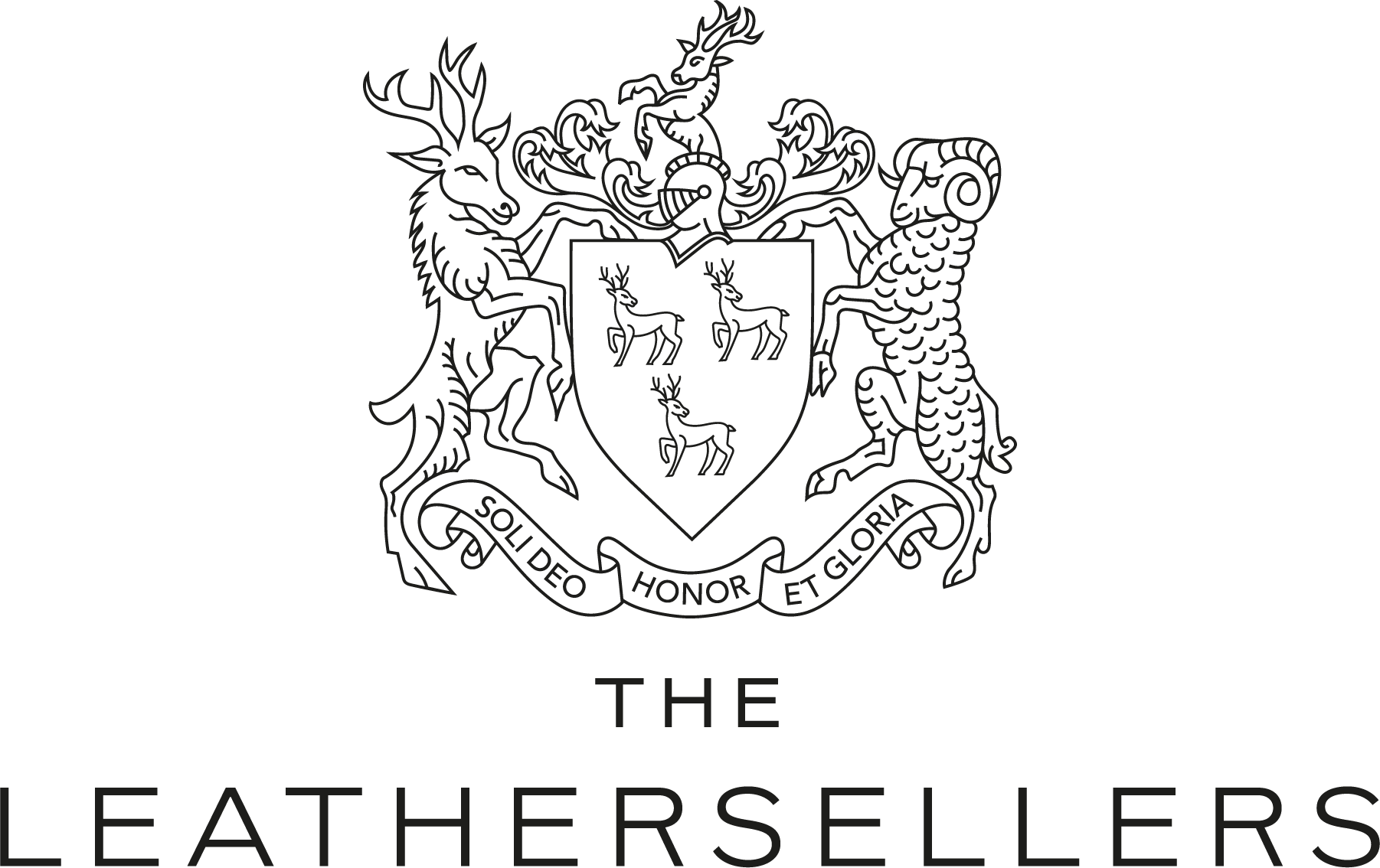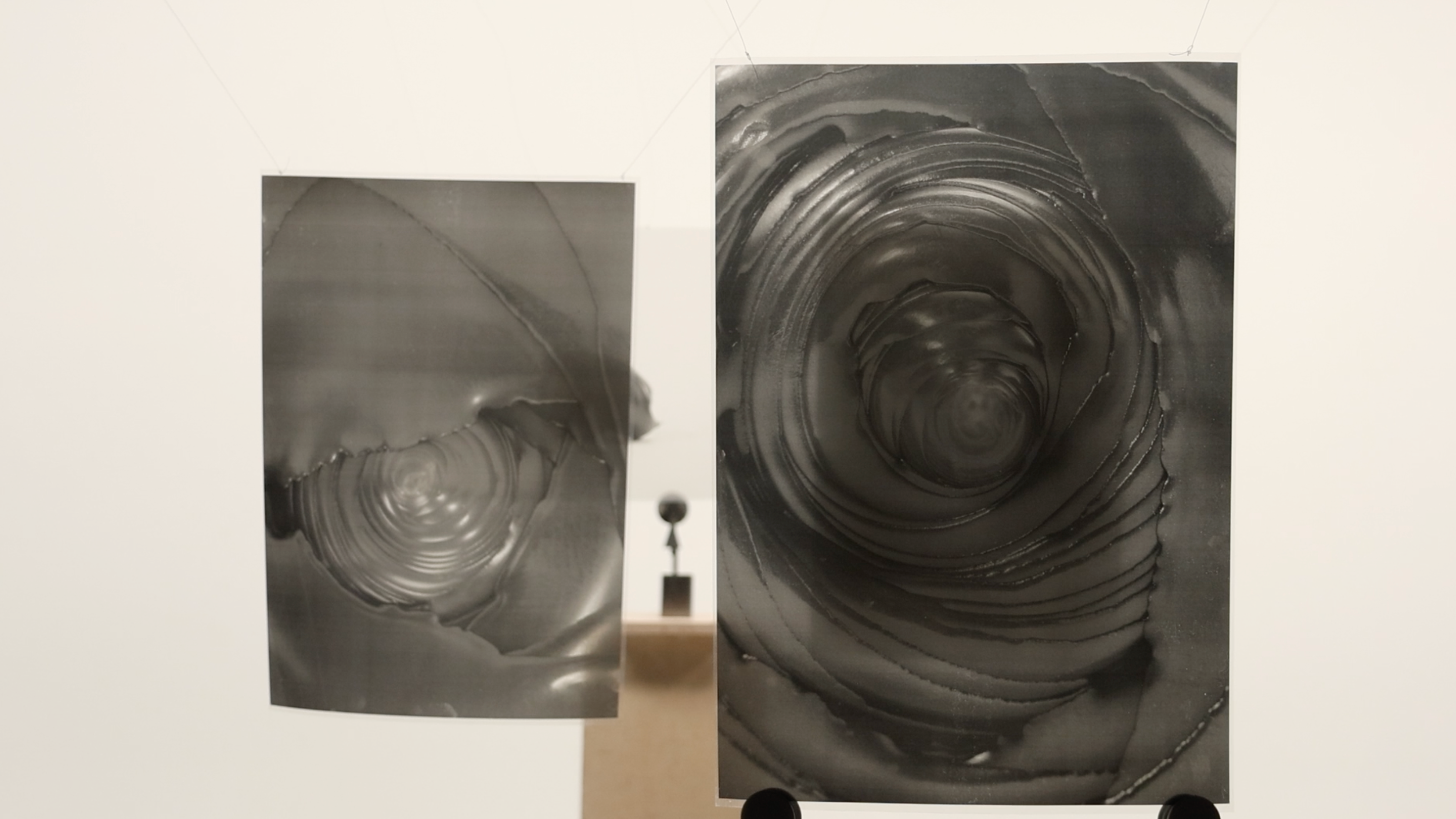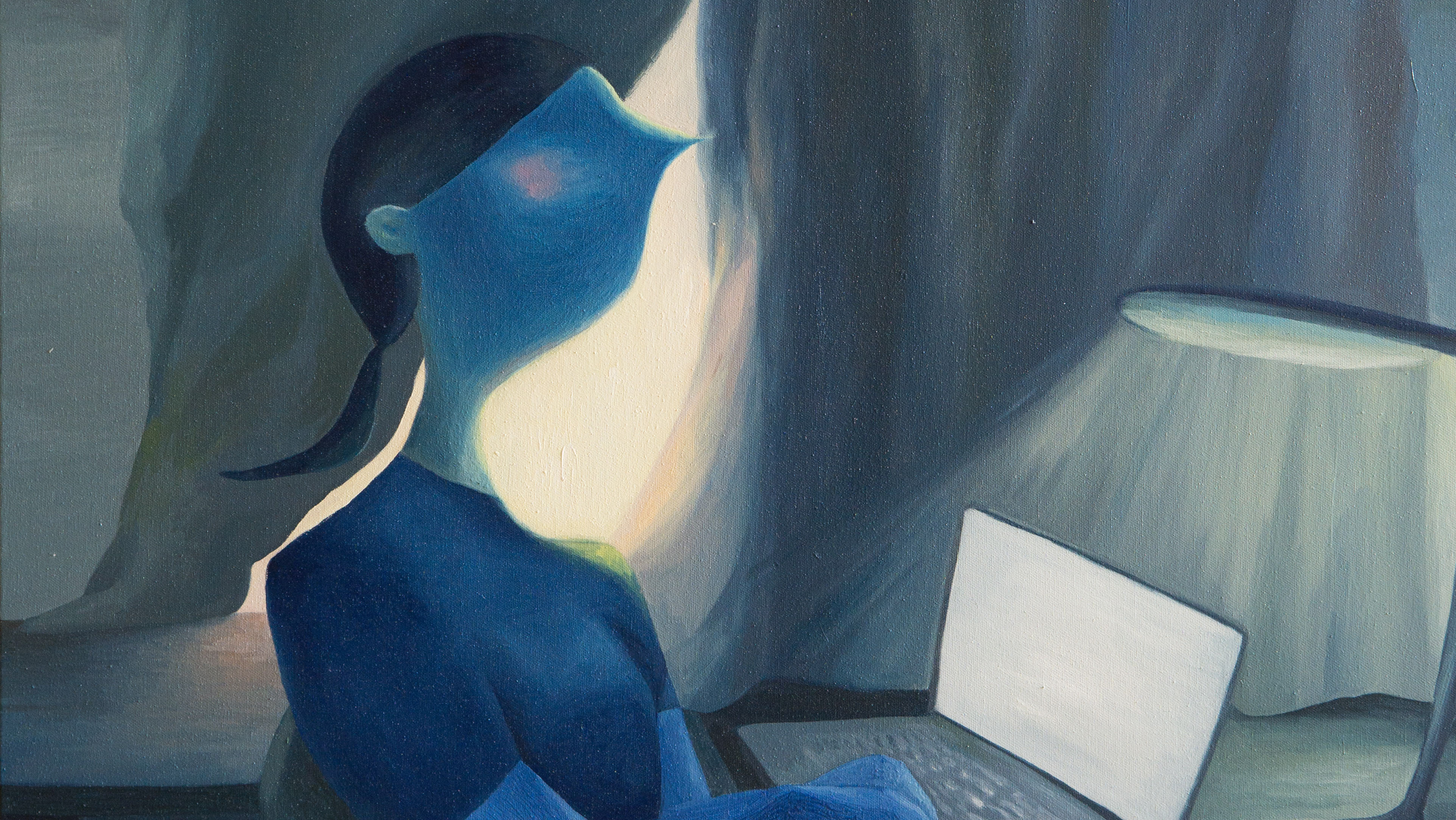[Furniture Design]
Year: 2025
Folding Leather Stool
Strength Through Form
A sculptural stool crafted from surplus leather, shaped through rolling bead and wet-molding techniques. This project merges structural experimentation with sustainable thinking, challenging material limits while celebrating minimal construction and expressive form.


This project developed in collaboration with The Leathersellers Foundation and Bill Amberg Studio
This project investigates how surplus rigid leather can be transformed into a structural and sculptural object using rolling bead and wet-molding techniques. By pushing the boundaries of leather’s behavior through iterative experimentation, the stool becomes a dialogue between material constraints and expressive form — highlighting sustainability, authorship, and new possibilities in contemporary furniture design.
...
Final 1:3 scale prototypes showcasing structural curvature



Structure and Material Test with 1:3 Partial Prototype



...
Using a bead roller to create linear tension points
Borrowing Techniques from Metalwork
Inspired by Bill Amberg’s idea of cross-disciplinary borrowing, I explored how the bead roller—traditionally used to reinforce and shape metal—could be adapted for leather. With guidance from the metal workshop, I tested how creasing lines made by the bead roller could help fold and structurally support thick leather. This approach became central to my final making process.
This technique allowed me to establish a repeatable process—simple, low-tech, and adaptable for independent makers or small-scale production.
...
Form Exploration
From gesture-inspired folding studies to felt prototyping
To explore how leather forms can bridge the boundary between life and object, I observed different types of human gestures in various contexts
Based on the observational sketches, I translated selected human gestures into paper models. Each model captures the body's twist, bend, and tension, reflecting how these postures could be applied to leather through wax soaking or creasing techniques. During this process, I focused on how the movement and structure of the human body could inform the folding logic and structural potential of the leather material
Following the observation from the paper models, I translated the two structural characteristics into leather prototypes. (1) Curved contact lines (2) Large contact area

















